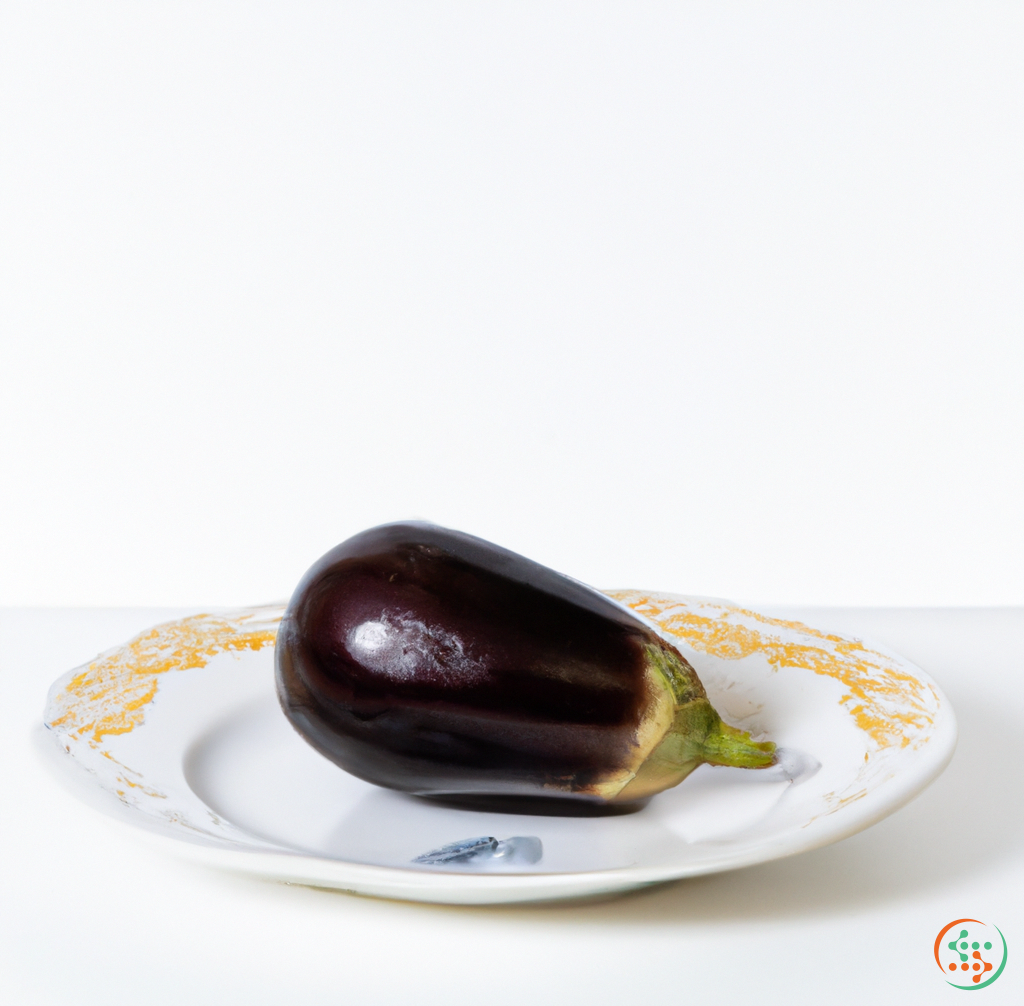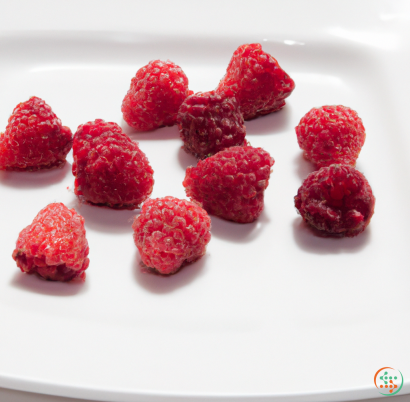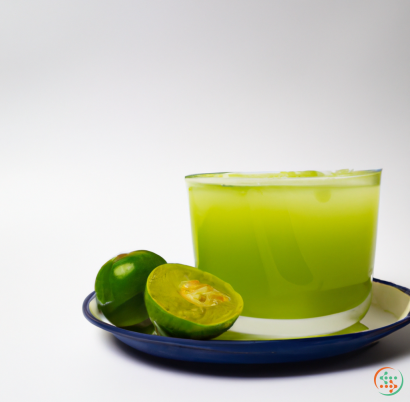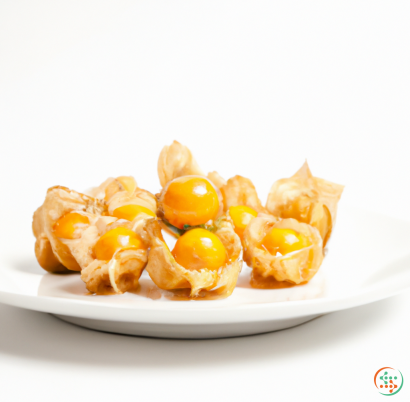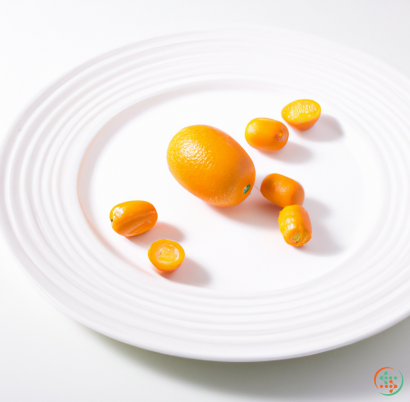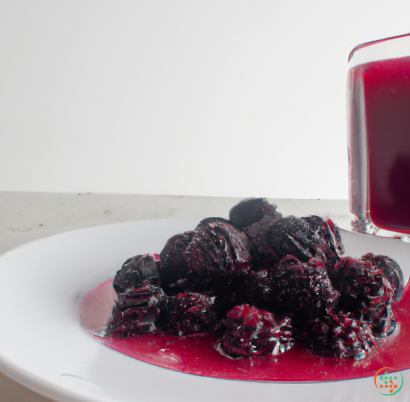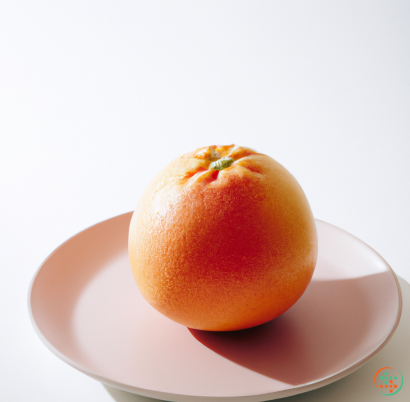Eggplant
The eggplant is an incredible vegetable – a surprising combination of texture and an unusual, versatile flavor. Eggplant belongs to the nightshade family (along with tomatoes and potatoes) and has a unique, spongy texture that makes it a favorite among cooks. Its versatility lies in its ability to be used in a wide variety of dishes, from vegetarian-friendly eggplant parmesan to stir-fries, soups, salads, and stews.
This deep purple veggie has a long history and has been cultivated in Asia and Africa for centuries. Legends say it was discovered by Alexander the Great when he crossed into India, and introduced it to the Western world in the 4th century. Its popularity has waxed and waned throughout history, but today, it can be found in almost every grocery store.
The exterior of the eggplant is deep purple and glossy, and its seeds range from black to pink to tan. It ranges in size from the small Asian variety (about 3” in diameter) to the large Italian eggplant (sometimes up to 12”). Some common varieties include the classic globe eggplant, the larger, oblong-shaped Italian eggplant, and the small but very flavorful Chinese eggplant.
When shopping for eggplants, look for those that are uniform in color and have no signs of discoloration or bruising. Also check to see if the eggplant is firm to the touch and has a glossy sheen. Avoid eggplants that are soft, wrinkled, or have dark spots.
To prepare an eggplant, start by cutting off the top and bottom with a sharp knife. Cut the eggplant in half lengthwise, and then slice the halves into ½-inch slices. If you want to make fried eggplant, slice crosswise into thick slices.
Eggplant requires very little cooking, so it's ideal for quick weeknight meals. It can be pan-fried, baked, roasted, or even grilled.When cooking eggplant, it's important to remember that the skin will become tougher when cooked, so be sure to season the eggplant well before cooking. Before serving, season it with salt and pepper to bring out its flavor.
Fried eggplant is a popular dish; start by slicing the eggplant into ½-inch rounds, season each side with salt and pepper to taste, then dip them in an egg wash before dredging them in breadcrumbs and frying them in a skillet of hot oil. Other cooking methods include baking, grilling, roasting, and sautéing. Eggplant can be cut into cubes and added to stews and soups, roasted until tender and served as a side dish, or cut into thin slices and grilled for a delicious sandwich component.
When eaten raw, eggplant is bitter, but when cooked, its flavor is mild and slightly sweet. The texture of cooked eggplant has a spongy, creamy quality. This makes it a great low-calorie base for dishes like vegan lasagnas or eggplant parmesan.
No matter how you cook it, eggplant is a versatile and delicious addition to any meal. Its unique taste, spongy texture, and ability to pair with a wide variety of flavors make it an essential ingredient in the pantry. Whether stir-fried, grilled, roasted, or simply sliced raw and served with a vinaigrette, eggplant is always a flavorful and satisfying choice.
Though eggplants may seem mysterious and exotic by the time they arrive on our dinner plate, their true journey is quite fascinating. Deconstructing this entire process gives us insight into natural biological processes, industry-wide agricultural production, and how global supply chains lead to the food we put on our table. Let’s take a look at how the eggplant starts its life and how it journeys to its final destination.
The First Stage: The Eggplant Seed
The eggplant, a species of plant known as Solanum Melongena, starts its lifecycle with a seed. All plants begin their lives as a seed, which is the way they reproduce. Eggplant seeds must be germinated in order to start their life. Germination is the process where the seed takes in water, swells, and eventually sprouts roots and shoots. In order for a seed to germinate, it must go through a few vital processes; the seed must first take in the right amount of water and absorb enough oxygen for the metabolic process to take place, a process called imbibition. During imbibition, the seed swells up and its cell walls break down, allowing the metabolic process and germination to occur. Once the seed receives enough oxygen and has enough energy to outcompete the other wild micro-organisms on the surface, the seed begins to sprout roots and shoots and the eggplant’s journey can begin.
The Second Stage: Plant Propagation
Once the seed has germinated, the eggplant must be propagated. There are two ways to propagate eggplant: growing from seed and through the use of cuttings. Growing from seed is the most common method, since it is relatively easy and cost efficient. The eggplant seedlings are first sown in seed trays or small pots and placed in a warm, sheltered location with access to direct sunlight. They are watered lightly at first, and then more copiously as the seedling develops. After a few weeks of growth, the seedlings are transplanted into the soil, ensuring that the roots are not damaged in the process.
Eggplants can also be propagated through cuttings. Cuttings, which are pieces of the plant taken from larger plants, offer the advantage of being more mature and thus more likely to thrive. The best cuttings have several shoots and node points (where the leaves branch off) and are taken from healthy, non-flowering plants. To propagate eggplant using cuttings, the cutting is inserted into the soil with the node points down, then lightly covered with soil. The cuttings are best kept moist and have to be provided with the right amount of light and air circulation.
The Third Stage: Eggplant Cultivation
Once the eggplant is successfully propagated, the cultivation process can begin. Eggplants are a heat-loving crop, so they should be planted in a well-draining, loose soil when temperatures are warm. The soil should contain enough organic matter to make sure the plant has access to plenty of nutrients. If the eggplant is propagated from seed, the seedlings should be spaced apart according to the variety and the type of cultivation being used. Eggplants can be grown in rows, or in containers and raised beds. The container should be at least 10 inches deep and wide, filled with good quality soil.
When it comes to watering, eggplants need at least an inch of water per week throughout the growing season. Additionally, they need to be fertilized every few weeks with a balanced fertilizer in order to ensure they get all the nutrients they need. Eggplants should be harvested when the fruits are glossy and tender.
The Fourth Stage: Packaging and Shipping
Once the eggplants have been harvested, they must go through the packaging and shipping process. Eggplants come in many sizes, shapes, and colors, depending on the variety. In order to protect the eggplants during transport, they must be packaged in protective boxes or crates that keep the fruits safe from external elements and transported carefully so as not to bruise the fruit.
The eggplants are then shipped to the local grocery store or food market, where they will be displayed for customers to buy. Depending on the size of the order, the eggplants may be shipped to the store by truck, train, or plane.
The Final Stage: Consumption
Finally, after a long journey, the eggplants have made it to the dinner plate. Before they can be consumed, however, they must be prepared. Every region has its own unique recipes and techniques for cooking eggplant, such as roasting, baking, grilling, and more. Cooked eggplant can be served as a side dish, or used in traditional dishes such as ratatouille, moussaka, curry, and lasagna.
Conclusion
Eggplants have a long and eventful journey before they end up on our dinner plate. From the moment they start their life as a seed, all the way up to being cooked and served as a meal, they must go through several stages of propagation, cultivation, and packaging and transportation. However, the result is always worth the effort: a delicious, nutritious dish that brings joy to the dinner table.
| Vitamin A | 0.002 mg | |
| Beta-Carotene | 0.022 mg | |
| Vitamin E | 0.41 mg | |
| Vitamin K | 0.0029 mg | |
| Vitamin C | 0.0013 grams | |
| Vitamin B1 | 0.08 mg | |
| Vitamin B2 | 0.02 mg | |
| Vitamin B3 | 0.6 mg | |
| Vitamin B4 | 0.0094 grams | |
| Vitamin B5 | 0.08 mg | |
| Vitamin B6 | 0.09 mg | |
| Vitamin B9 | 0.014 mg |
| Calcium | 0.006 grams |
Daily Value 1.3 g
|
| Iron | 0.25 mg |
Daily Value 0.018 g
|
| Magnesium | 0.011 grams |
Daily Value 0.4 g
|
| Phosphorus | 0.015 grams |
Daily Value 1.25 g
|
| Potassium | 0.123 grams |
Daily Value 4.7 g
|
| Sodium | 0.001 grams |
Daily Value 2.3 g
|
| Zinc | 0.12 mg |
Daily Value 0.011 g
|
| Copper | 0.06 mg |
Daily Value 0.9 mg
|
| Manganese | 0.11 mg |
Daily Value 0.0023 g
|
| Selenium | 0.1 ug |
Daily Value 0.055 mg
|
| Tryptophan | 0.008 grams | |
| Threonine | 0.03 grams | |
| Isoleucine | 0.036 grams | |
| Leucine | 0.052 grams | |
| Lysine | 0.039 grams | |
| Methionine | 0.009 grams | |
| Cystine | 0.004 grams | |
| Phenylalanine | 0.035 grams | |
| Tyrosine | 0.022 grams | |
| Valine | 0.043 grams | |
| Arginine | 0.046 grams | |
| Histidine | 0.019 grams | |
| Alanine | 0.042 grams | |
| Aspartic Acid | 0.134 grams | |
| Glutamic Acid | 0.152 grams | |
| Glycine | 0.033 grams | |
| Proline | 0.034 grams | |
| Serine | 0.034 grams |
| Total Sugars | 3.2 grams |
per 100g
|
| Palmitic acid (16:0) | 0.03 grams |
|
| Stearic acid (18:0) | 0.01 grams |
|
| Total Saturated fatty acids: | 0.04 g | |
| Oleic acid (18:1) | 0.02 grams |
|
| Total Monounsaturated fatty acids: | 0.02 g | |
| Linolenic acid (18:3) | 0.02 grams |
|
| Linoleic acid (18:2) | 0.08 grams |
|
| Total Polyunsaturated fatty acids: | 0.1 g | |
